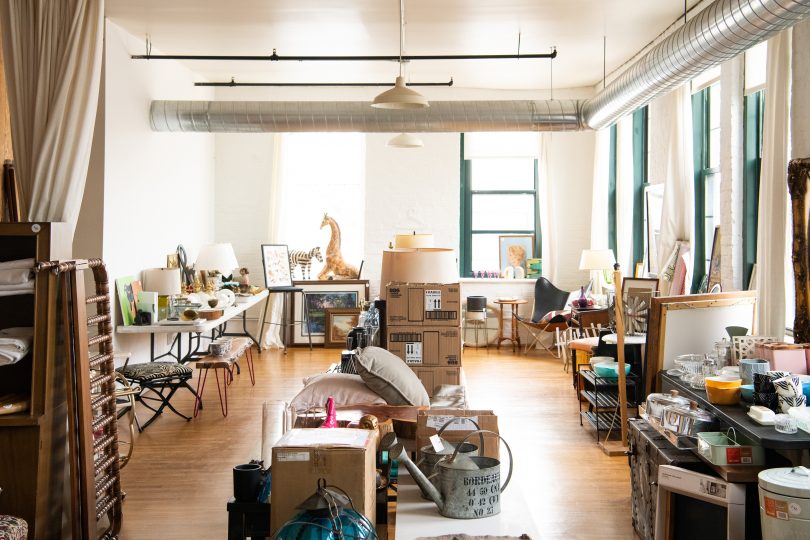
Our Flash Sale for Charity
Thank you again to everyone for making our recent Flash Sale for Charity a success! Kim and Scott (Yellow Brick…April 22, 2019
Come to Our Flash Sale for Charity!
Do you need a cute blue chair? Maybe a retro-mod table lamp or enough square wooden frames to make the…March 25, 2019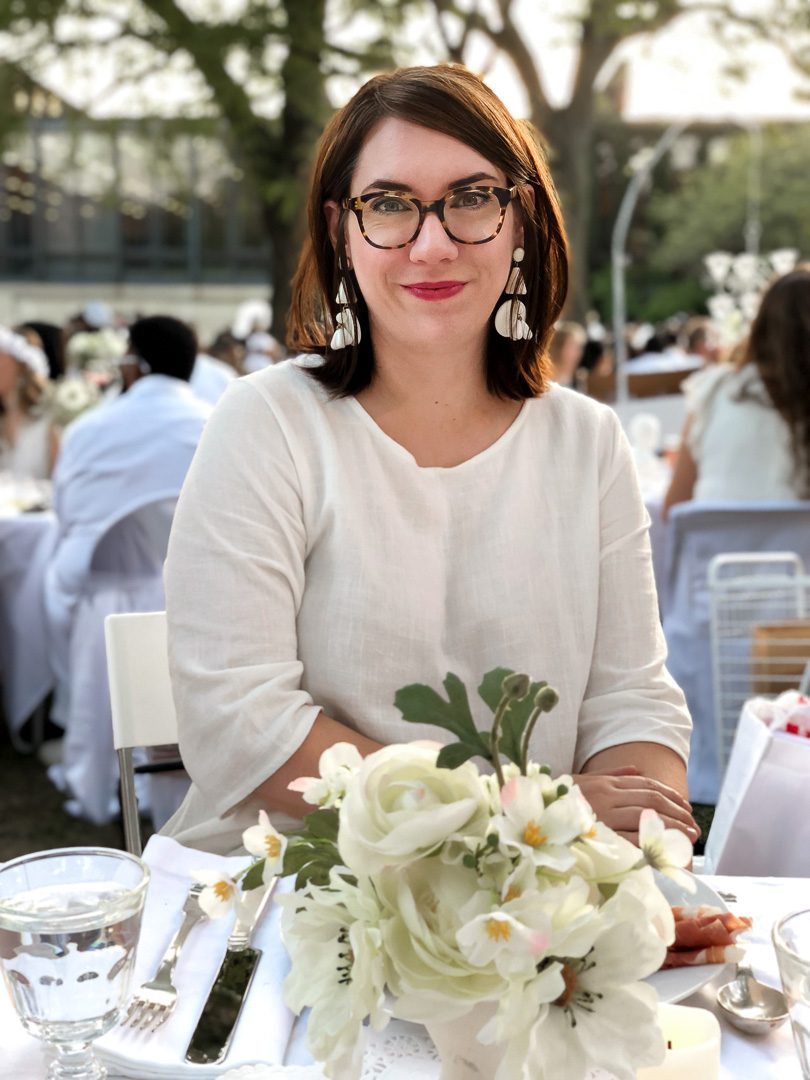
Dîner en Blanc Chicago, 2018
Dîner en Blanc Chicago is the pop-up picnic event where everyone and everything is dressed all in white. It takes…August 31, 2018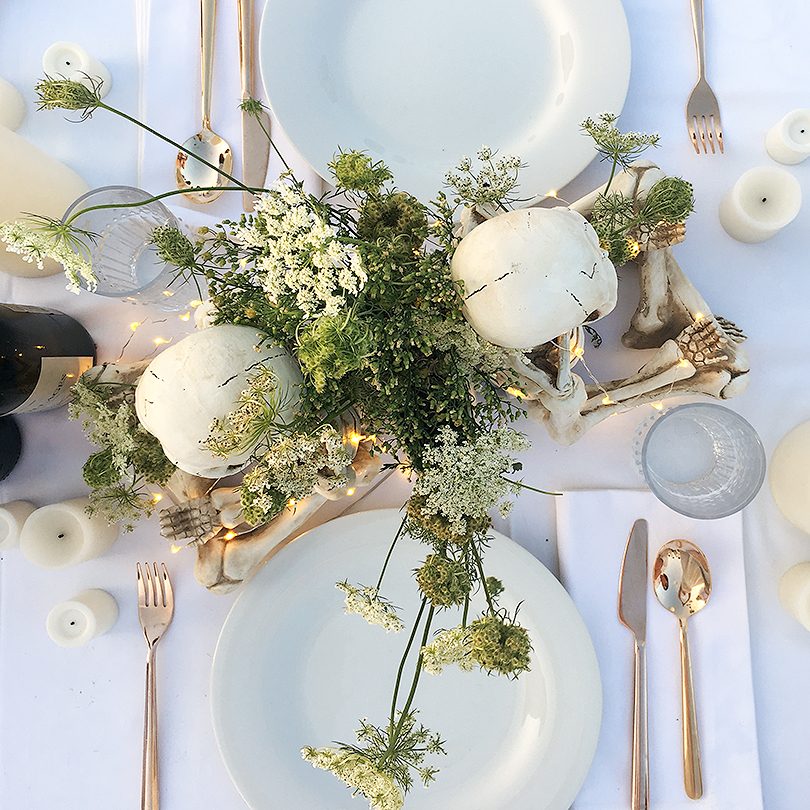
My ‘Gothic White’ Dîner en Blanc Table
My sister invited me as her date to Chicago's Dîner en Blanc this year. Quelle excitation! She rented a room…August 28, 2017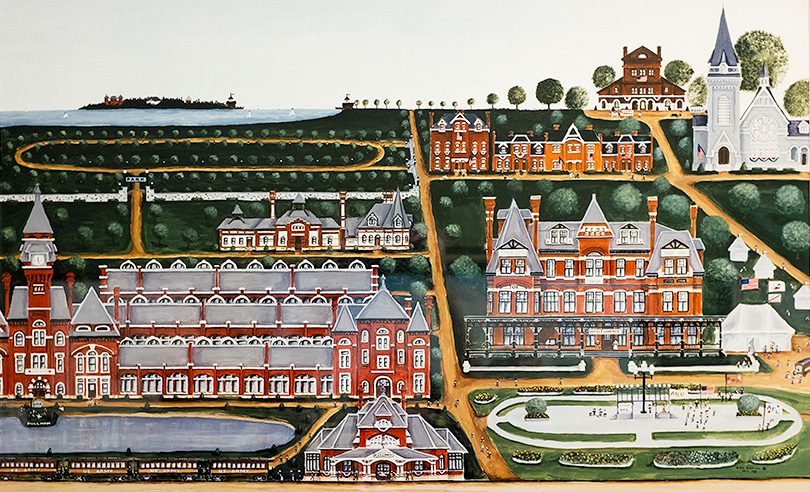
Pullman and the South Side Soapbox
This post is sponsored by method. I had visited the headquarters of method in San Francisco years ago and gotten…June 28, 2017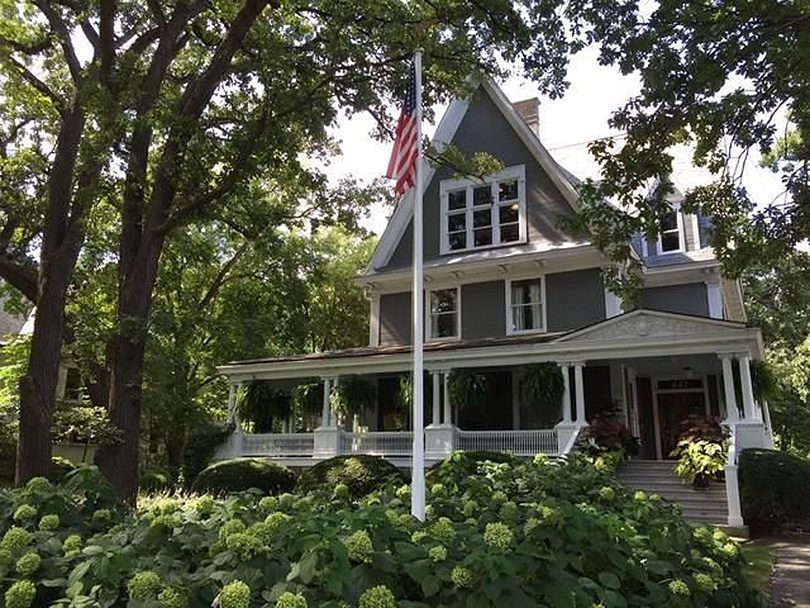
Dream House Alert
One of my favorite houses in Oak Park's Frank Lloyd Wright historic district is up for sale! It's 'favorite' status…February 21, 2017

Our Flash Sale for Charity
Thank you again to everyone for making our recent Flash Sale for Charity a success! Kim and Scott (Yellow Brick Home), Kyla (House of Hipsters),…

Come to Our Flash Sale for Charity!
Do you need a cute blue chair? Maybe a retro-mod table lamp or enough square wooden frames to make the gallery wall of your dreams?…

Dîner en Blanc Chicago, 2018
Dîner en Blanc Chicago is the pop-up picnic event where everyone and everything is dressed all in white. It takes place at a different location…

My ‘Gothic White’ Dîner en Blanc Table
My sister invited me as her date to Chicago’s Dîner en Blanc this year. Quelle excitation! She rented a room for the night, so we…

Pullman and the South Side Soapbox
This post is sponsored by method. I had visited the headquarters of method in San Francisco years ago and gotten to know the company then,…

Dream House Alert
One of my favorite houses in Oak Park’s Frank Lloyd Wright historic district is up for sale! It’s ‘favorite’ status is based solely on the…
